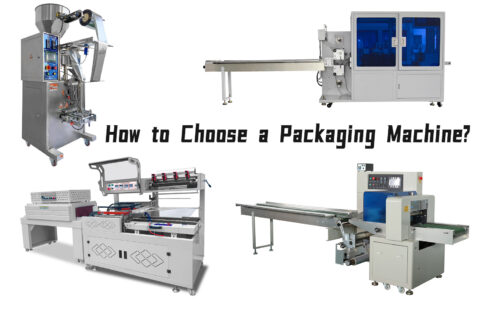
Intelligent Packaging Equipment: The Core Driver Transforming the Packaging Industry
In the era of rapid industrial advancement, the packaging machinery sector is undergoing a profound transformation. With the maturation and widespread adoption of artificial intelligence (AI), the Internet of Things (IoT), and big data technologies, intelligent packaging equipment has emerged as a pivotal force in enhancing production efficiency, adapting to market dynamics, and fulfilling personalized demands. This article explores the development trajectory of intelligent packaging machinery and its implications for the future of the industry.
Core Components of Intelligent Packaging Equipment
Intelligent packaging systems integrate automation, real-time data analytics, and adaptive control through three foundational elements:
1. Sensor Technology: The “Sensory Organs”
- Monitor critical parameters (e.g., weight, temperature, speed) during packaging processes.
- Provide high-precision data for operational optimization.
- Examples: Photoelectric sensors for material positioning, pressure sensors for sealing force calibration.
2. Control Systems: The “Decision-Making Brain”
- Powered by PLCs (Programmable Logic Controllers) or industrial PCs.
- Execute preset algorithms and dynamically adjust operations.
- Key functions: Multi-station synchronization, automatic shutdown during anomalies.
3. Software Platforms: The “Intelligent Hub”
- Integrate MES (Manufacturing Execution Systems), BI (Business Intelligence), and IoT-driven remote monitoring.
- Enable machine learning for self-optimizing production parameters.
- Core benefits: Real-time equipment diagnostics, automated reporting, predictive maintenance.
Applications of Intelligent Packaging Systems
1. Predictive Maintenance
- Implementation: Vibration and temperature sensors collect operational data, combined with AI models trained on historical maintenance records.
- Outcomes:
✓ 40% reduction in equipment downtime
✓ 25% lower maintenance costs
✓ 18% improvement in OEE (Overall Equipment Effectiveness)
2. Flexible Packaging Lines
- Design: Modular machinery + cloud-based order management.
- Capabilities:
✓ Product changeovers within 1 hour
✓ Support for small-batch customization (minimum order: 50 units)
✓ Energy consumption optimization via real-time load analysis
3. AI-Driven Quality Assurance
- Technology: Computer vision systems inspect packaging integrity and label accuracy.
- Impact: 99.9% defect detection rate in pharmaceutical packaging.
Challenges and Solutions
- High Initial Costs: Leasing models and government subsidies to aid SMEs in adoption.
- Cybersecurity Risks: Blockchain and encrypted IoT networks for secure data transmission.
- Workforce Training: Partnerships with tech firms to upskill operators in AI/IoT tools.
Future Outlook
The convergence of 5G, digital twins, and edge computing will propel next-gen advancements:
- Autonomous Decision-Making: AI algorithms optimizing production in real time.
- Sustainability Integration: Smart sensors tracking carbon footprints and recyclable material usage.
- Hyper-Customization: AI-generated designs for niche markets (e.g., limited-edition products).




